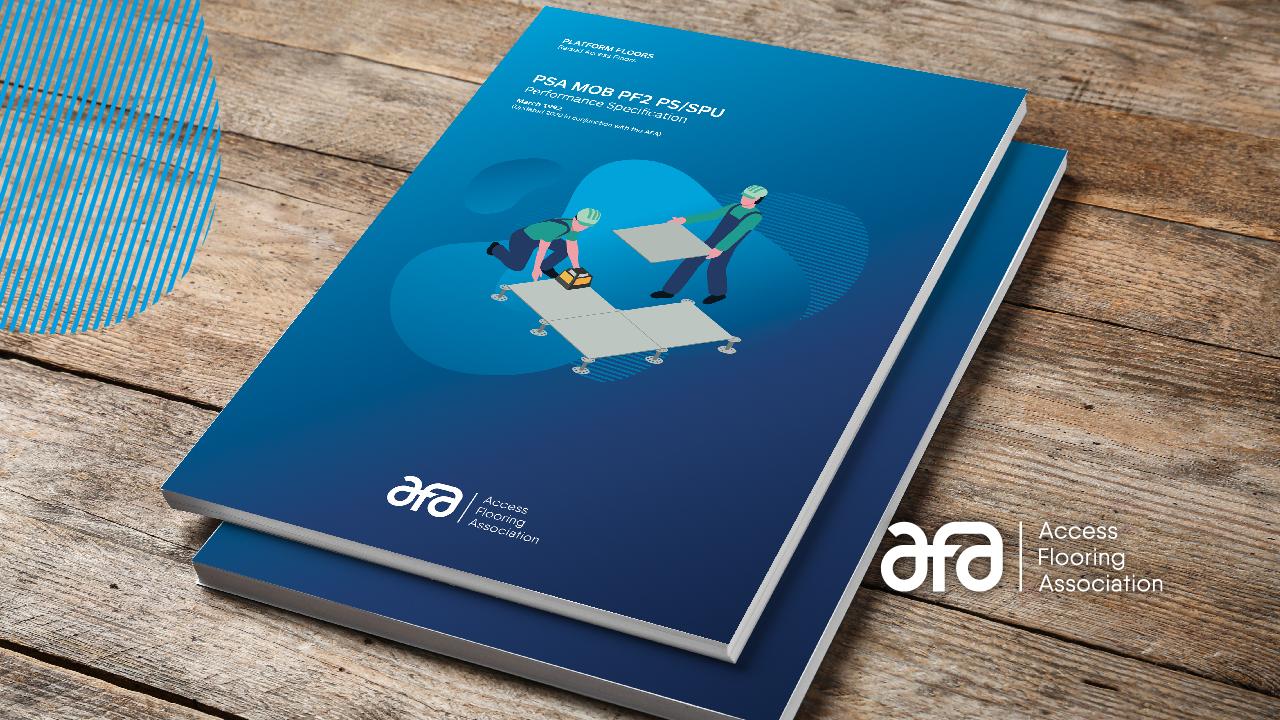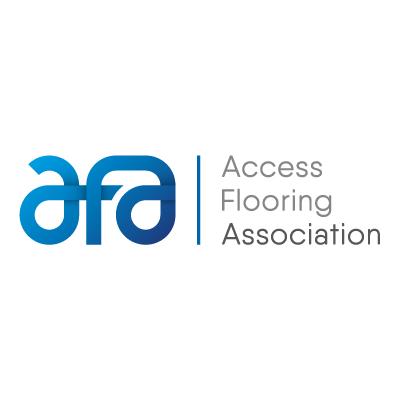

The Specification that is Enhancing Access Floor Safety and Quality.
Raised Access Flooring is a fundamental element to the design and functionality of many commercial buildings and is often one of the first installed components of any development. The underfloor void of an access floor is often the home to essential service infrastructure that would otherwise trail untidily along the floor or be stored in a ceiling void. Telecommunication cabling, electrical wires and air conditioning are some of the items that are often stored in a void.
One of the reasons why an access floor is preferred to other cable storage options, including a ceiling void, is because of maintenance. Having wires and services stored in the ceiling can make it more challenging to carry out repairs and servicing. Having them stored in a floor void makes it more convenient and time-saving, particularly when commercial spaces need more flexibility and adaptability than ever. This includes the need to reconfigure desks and electrical appliances — with an access floor it makes the process seamless.
However, relevant specifications and requirements can become confusing, unclear or outdated if they are not frequently reviewed and put into practice making installation and maintenance even more challenging. This became the case for some Raised Access Flooring specifications and is why the Access Flooring Association (AFA) was relaunched— to review, revise and re-release the PSA specification.
.jpg)
The Origins of the PSA Specification
Originally released in 1982 and revised in 1992 by the Property Services Agency (PSA), the updated specification is called PSA MOB PF2 PS/SPU. The Method of Building (MOB) Performance Specification for Platform Floors refers to the recognised industry standard in the UK but it is also being followed in some other countries. The document itself was originally put into place to outline the level of quality that access flooring components and panels should meet and has recently been updated to ensure that it stands up to the rigours of current legislation and to make it more readily available.
The PSA vs Other Specifications
Although the PSA document was updated by the AFA who are an independent body, there are still other specifications in the space of Raised Access Flooring. The most comparable specification is the European and UK British Standard BSEN 12825:2001. However, the level of detail that is outlined in the PSA is unmatched and guarantees safety and quality from the manufacturer through to the end user.
In addition, due to of the evolving demands and requirements of access flooring, the updated PSA document has to support every party involved. Manufacturers have to be clear on the requirements that are needed for components and panels, merchants have to be confident that their product meets specification, installers have to be aware and competent with how to install access floors in line with the specification and users have to be assured that the product they have purchased or are using is high-quality, safe and functional.
A requirement that is outlined in the updated PSA specification is that supporting components should have a minimum lifespan of 50 years and the floor panels should have a minimum lifespan of 25 years (excluding the floor covering), which demonstrates the calibre that the document enforces.
.jpg)
How the PSA Specification Assures Quality
In order to guarantee the highest quality, safety and functionality, access floor components and panels are subject to rigorous testing based on dimensional, structural, hygrothermal, fire and safety, transmission of sound, floor covering, electrical, side effect, durability, transportation and storage, supply and installation and test evidence requirements.
Within these requirements, specific tests are conducted including Static Load Tests, Soft Body Impact Tests, Hard Body Impact Tests, Pedestrian Dynamic Load Tests, Particular Point Loading Tests, Pedestal Fixing Tests, Quality Control Tests and Fire Resistance Tests.
However, even though there are specific tests conducted to guarantee specification standards, a factor that allows the PSA specification to be the preferred choice of specification is how it complements legislation including HSE, BG/2016 Floor Plenum Airtightness Guidance, Testing Methodology and British Standard Code for Office Buildings, and Regulations for Electrical Installations. This reiterates its usability and credibility within the Raised Access Flooring space.
Furthermore, the AFA continue to verify their level of credibility by recommending that certification is reviewed on a 5-year cycle in order to continue to be at the forefront of safety and quality.
All of these details articulate why the PSA MOB PF2 PS/SPU is the leading specification for access floors and outlines to the Raised Access Floor industry what is required, expected and possible.
To find out more about Access Flooring Association PSA MOB PF2 PS/SPU click here.

